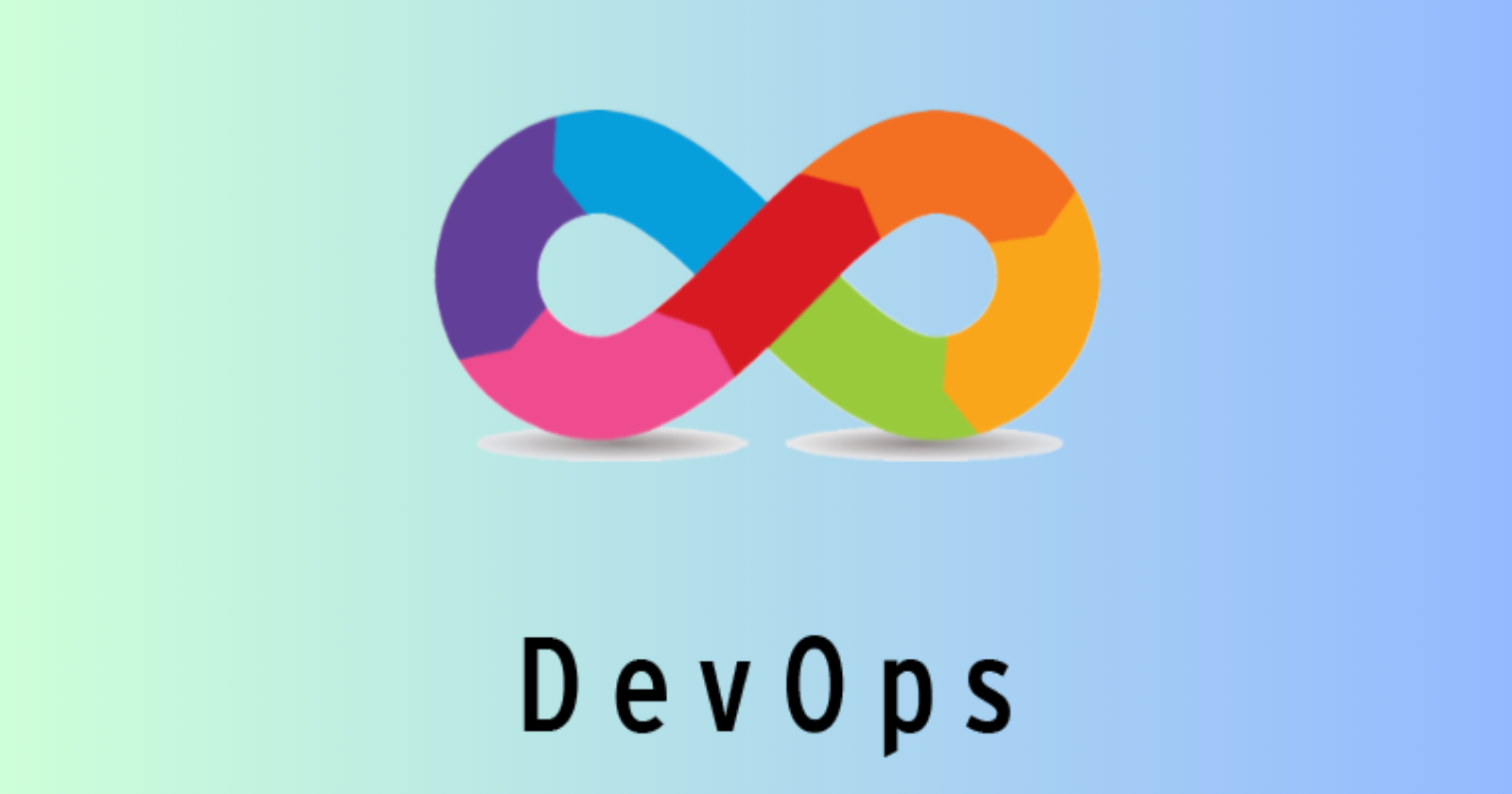Introduction to DevOps: Key Concepts and Benefits
 Nikunj Vaishnav
Nikunj Vaishnav

What is DevOps?
DevOps is a set of practices that combines software development (Dev) and IT operations (Ops). The goal is to shorten the systems development life cycle and deliver high-quality software continuously. Let's explore DevOps in detail, focusing on automation, scaling, infrastructure, and why DevOps is important.
Key Concepts of DevOps
Collaboration and Communication:
- DevOps fosters a culture of collaboration between development and operations teams, breaking down traditional silos and enabling them to work together more effectively.
Continuous Integration and Continuous Deployment (CI/CD):
Continuous Integration involves automatically integrating code changes from multiple contributors into a shared repository several times a day.
Continuous Deployment extends CI by automatically deploying the integrated code to production, ensuring that updates are released quickly and reliably.
Automation:
- Automation is at the heart of DevOps. It involves automating repetitive tasks like testing, deployment, and monitoring to increase efficiency, reduce errors, and free up time for more strategic work.
Infrastructure as Code:
- IaC allows infrastructure to be managed and provisioned through code rather than manual processes. This makes infrastructure management more consistent and scalable.
Monitoring and Logging:
- Continuous monitoring and logging of applications and infrastructure help in detecting issues early and maintaining optimal performance. This feedback loop is critical for improving the system continuously.
Microservices:
- DevOps often utilizes a microservices architecture, where applications are broken down into smaller, independent services. This approach allows for more flexible and scalable development and deployment.
Why DevOps is Important
1. Faster Time to Market
Continuous Integration/Continuous Deployment (CI/CD): Automating the integration and deployment process to release new features and updates quickly.
Agility: Responding swiftly to market changes and customer feedback.
2. Improved Collaboration and Communication
Cross-Functional Teams: Developers and operations working together, breaking down silos.
Shared Responsibility: Everyone is responsible for the delivery and quality of the software.
3. Enhanced Reliability and Stability
Continuous Monitoring: Keeping an eye on the system's health in real-time, ensuring issues are detected and resolved quickly.
Automated Testing: Running tests automatically to catch bugs early in the development cycle.
4. Better Quality Software
Frequent Releases: Smaller, incremental updates reduce the risk of major issues.
User Feedback: Faster delivery means quicker feedback from users, leading to better improvements.
5. Cost Efficiency
Resource Optimization: Using automation and scaling to manage resources efficiently, reducing costs.
Reduced Downtime: Proactive monitoring and quick resolution of issues minimize downtime and associated costs.
Benefits of DevOps
Faster Time to Market:
By automating and streamlining processes, DevOps enables quicker release cycles, getting new features and fixes to users faster.
Improved Quality and Reliability:
Continuous testing and monitoring improve the quality of software, reducing the number of bugs and increasing system reliability.
Increased Efficiency:
Automation of repetitive tasks and better collaboration reduce wasted time and effort, making teams more productive.
Scalability:
With practices like IaC and microservices, DevOps allows systems to scale efficiently to handle increased demand.
Better Customer Satisfaction:
Faster delivery of updates and high-quality software lead to improved customer satisfaction and trust.
DevOps Tools
Version Control: Git, GitHub, GitLab
CI/CD: Jenkins, Travis CI, CircleCI
Configuration Management: Ansible, Puppet, Chef
Containerization: Docker, Kubernetes
Monitoring and Logging: Prometheus, Grafana, ELK Stack (Elasticsearch, Logstash, Kibana)
Collaboration: Slack, Microsoft Teams, JIRA
DevOps Culture
At its core, DevOps is as much about culture as it is about tools and processes. It emphasizes:
Shared Responsibility: Development and operations teams share responsibility for the system's performance and stability.
Learning and Experimentation: A culture that encourages continuous learning, experimentation, and improvement.
Transparency: Open communication and visibility across all stages of the development lifecycle.
Customer Focus: Keeping the end user's needs at the forefront of all activities and decisions.
Conclusion
DevOps is a transformative approach that bridges the gap between development and operations, fostering a culture of collaboration, automation, and continuous improvement. By leveraging automation, scaling, and infrastructure as code, DevOps helps organizations deliver high-quality software faster and more efficiently. Embracing DevOps practices is essential for businesses looking to stay competitive and meet the ever-evolving demands of the digital world. 🚀
Follow Me On Socials :
Like👍 | Share📲 | Comment💭
Subscribe to my newsletter
Read articles from Nikunj Vaishnav directly inside your inbox. Subscribe to the newsletter, and don't miss out.
Written by

Nikunj Vaishnav
Nikunj Vaishnav
👋 Hi there! I'm Nikunj Vaishnav, a passionate QA engineer Cloud, and DevOps. I thrive on exploring new technologies and sharing my journey through code. From designing cloud infrastructures to ensuring software quality, I'm deeply involved in CI/CD pipelines, automated testing, and containerization with Docker. I'm always eager to grow in the ever-evolving fields of Software Testing, Cloud and DevOps. My goal is to simplify complex concepts, offer practical tips on automation and testing, and inspire others in the tech community. Let's connect, learn, and build high-quality software together! 📝 Check out my blog for tutorials and insights on cloud infrastructure, QA best practices, and DevOps. Feel free to reach out – I’m always open to discussions, collaborations, and feedback!